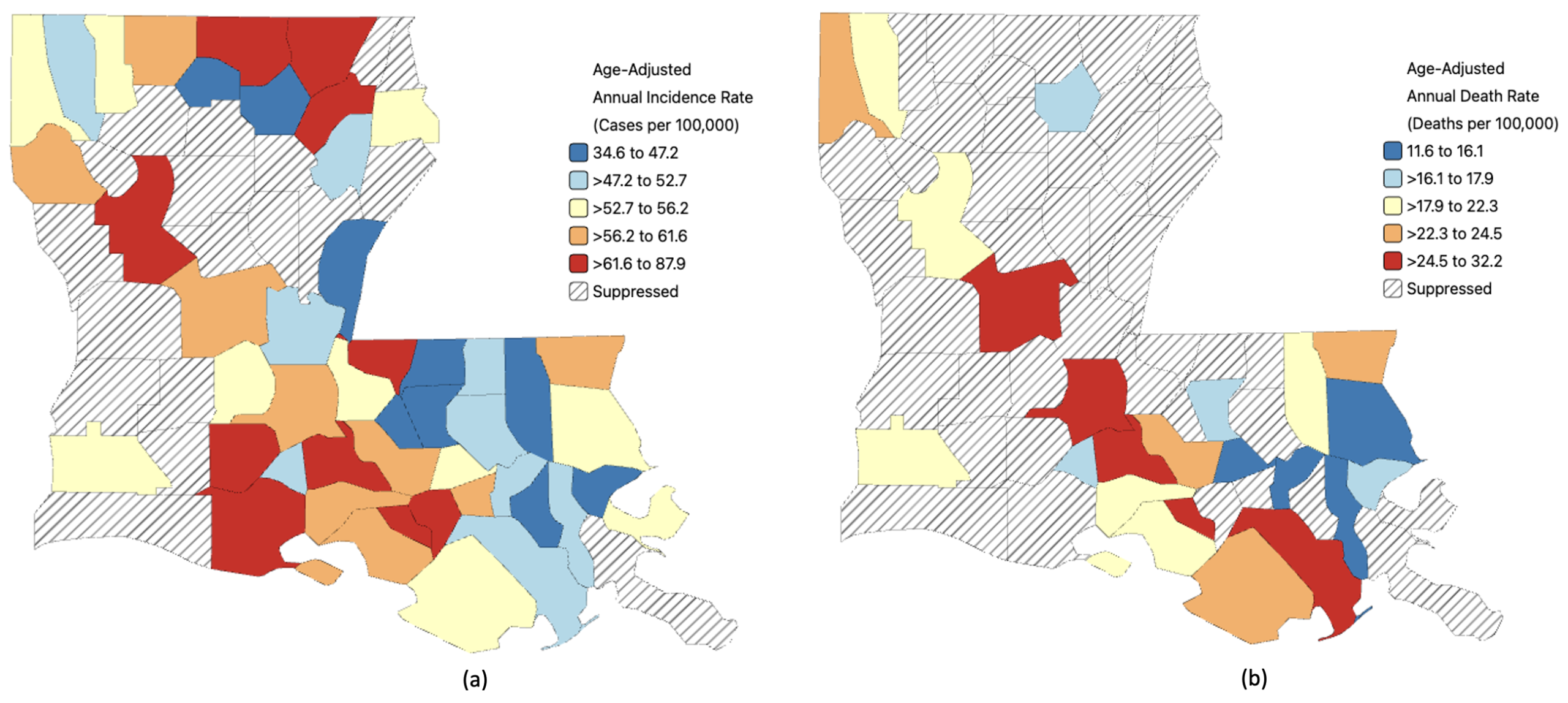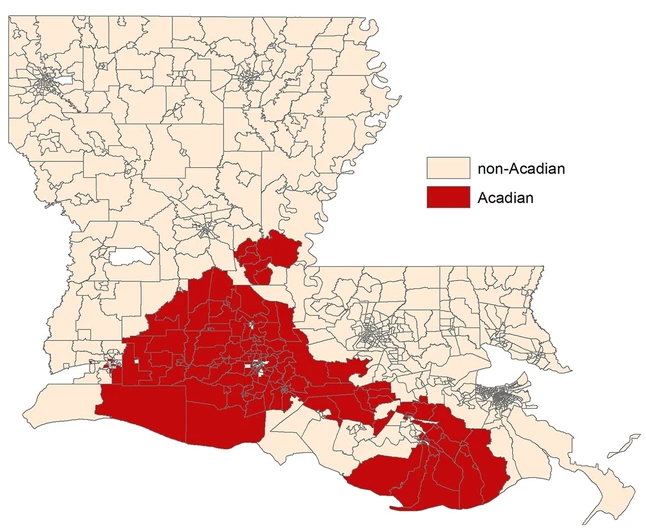8.1 Introduction to the Digestive System

Learning Objectives
After studying this chapter, you will be able to:
- Describe the functional anatomy of the organs and accessory organs of the digestive system
- Discuss the processes and control of ingestion, propulsion, mechanical digestion, chemical digestion, absorption, and defecation
- Explain the roles of the liver, pancreas, and gallbladder in digestion
- Compare and contrast the digestion of the three macronutrients
Introduction
The digestive system is continually at work, yet people seldom appreciate the complex tasks it performs in a choreographed biologic symphony. Consider what happens when you eat a slice of king cake (Figure 8.1). Of course, you enjoy the king cake’s taste as you chew it, but in the hours that follow, unless something goes amiss and you get a stomachache, you don’t notice that your digestive system is working. You may be taking a walk or studying or sleeping, having forgotten all about the king cake, but your stomach and intestines are busy digesting it and absorbing its vitamins and other nutrients. By the time any waste material is excreted, the body has appropriated all it can use from the king cake. In short, whether you pay attention or not, the organs of the digestive system perform their specific functions, allowing you to use the food you eat to keep you going. This chapter examines the structure and functions of these organs, and explores the mechanics and chemistry of the digestive processes.
Louisiana Lagniappe
According to the National Cancer Institute (NCI), more people die of colorectal cancer in the United States than any other cancer, besides lung cancer. Unfortunately, Louisiana has one of the highest rates of colorectal cancer (CRC) in the country. Colorectal cancer is cancer of the large intestine, comprising the colon and rectum.
Statistics produced from the Centers for Disease Control (CDC) and NCI (Figure 8.2) show that from 2017-2021, the national average rate of new CRC cases in the United States was 36 per 100,000. In Louisiana, that rate was higher than the national average, at 44.5 cases per 100,000. From 2018-2022, Louisianans also had higher mortality rates (15.1 per 100,000) compared to the national averages (13 per 100,000).

One of the reasons CRC has such a high mortality rate is that an estimated 40% of all at-risk individuals have never been screened. In the Louisiana Medicaid program, just 38.7% of recipients ages 50 to 75 have been screened for CRC.
CRC rates are significantly higher amongst different races and ethnicities in Louisiana. Black and Cajun populations show an increased incidence of CRC. Black Louisianans (Figure 8.3) have a rate of 41 cases per 100,000 while White residents have 37 cases per 100,000. Black Louisianans are also more likely to die of colorectal cancer than White residents. The mortality rate for colorectal cancer among Black residents in 2018-2022 was 19.5 deaths per 100,000, compared to 13.9 per 100,000 among White residents.

This ethnic disparity is further illustrated in the Louisiana Acadian region, home of the Cajuns, which has among the highest CRC rates in the US. A research team from the LSU Health New Orleans Louisiana Tumor Registry found that parishes with the highest rates of Cajun ancestry (Figure 8.4) had some of the highest US CRC rates. CRC rates among Whites and White males were higher than both Louisiana and US rates. There were 56.1 cases per 100,000 in Whites, which is 13% higher than the Louisiana rate and 23% higher than the US rate. In White males, there were 72.6 cases per 100,000, which is 19% higher than Louisiana and 37% higher than the US rate. The exact cause is not yet known, but Cajuns belong to a historically endogamous population that displays founder effects for several known genetic diseases.

The American Cancer Society reports that the survival rate for colorectal cancer is approximately 90% if caught early. There are several types of screening tests available to detect colorectal cancer. They range from most invasive (colonoscopy) to least invasive (stool tests like Cologuard). Information on screening test options are available online at the National Cancer Institute. According to the Louisiana Department of Health, no-cost local screenings are offered based on region.
